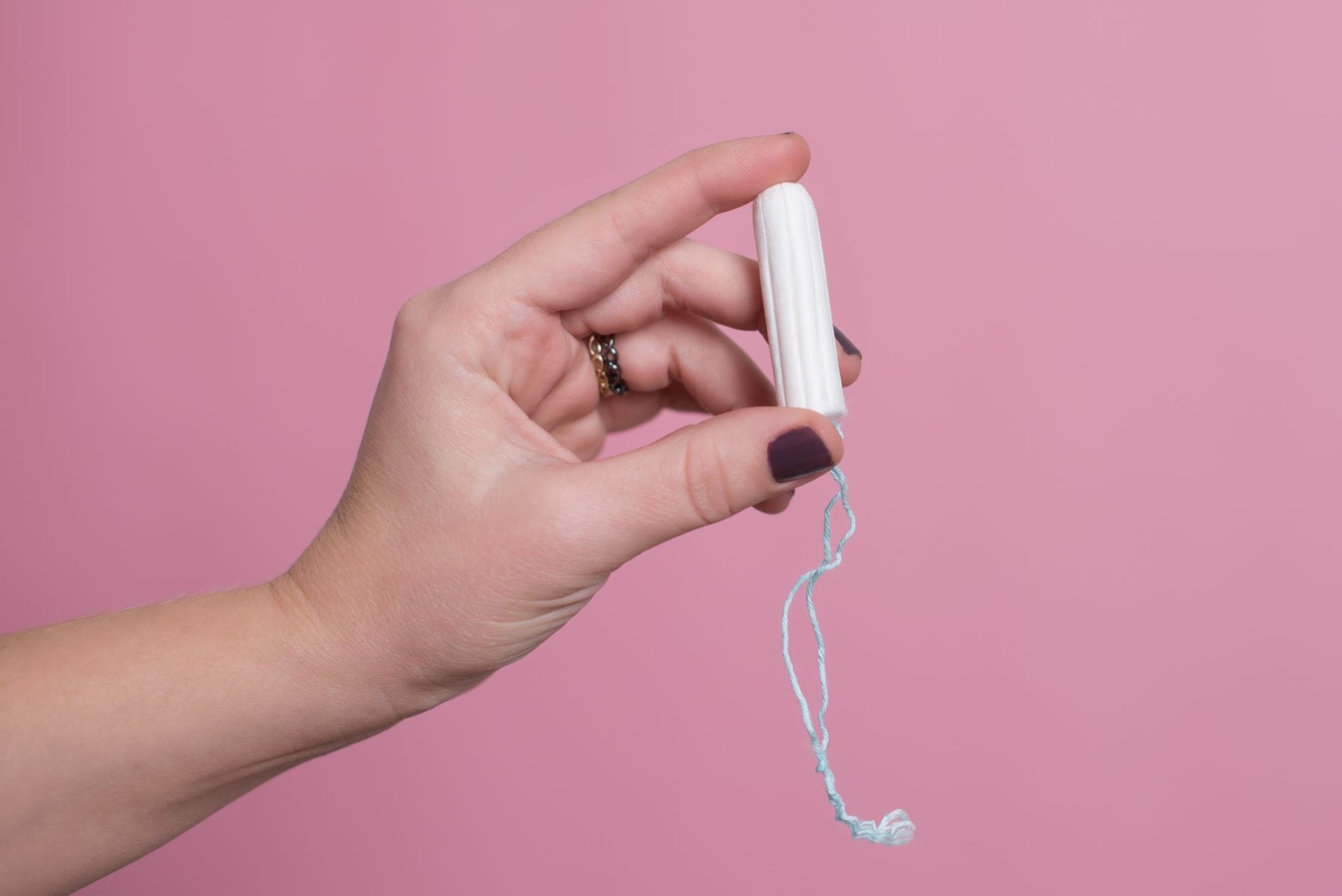Tampon Class Action Lawsuit Filed Over Toxic Metal Contamination
New research reveals the presence of lead and other toxic metals in tampons. These contaminants place tampon users’ health at risk. The situation demands immediate action from regulators and attorneys to protect injured users’ legal rights.
Updated on
Recent Studies of Tampon Contents
In a 2024 study titled “Tampons as a source of exposure to metal(loid)s,” researchers examined several different kinds of tampons - both organic and non-organic versions and both store-brand and name-brand products. Researchers found “measurable concentrations” of 16 different metals and metalloids in the tampons the team assessed.
While metals or metalloids appeared in all the tampon types assessed, the type and concentration of contaminants varied by tampons. For instance, non-organic tampons tested higher for lead, while organic tampons tested higher for arsenic.
Tampax Pearl Lawsuit
On July 29th, 2024, a class action lawsuit against Procter & Gamble was filed in the United States District Court for the Southern District of California
In the tampon class action lawsuit, the plaintiff Allison Barton alleges that Tampax Pearl tampons contain unsafe levels of lead, exceeding California's Proposition 65 Maximum Allowable Dose Level for reproductive toxicity. The complaint accuses Procter & Gamble of not disclosing the presence of lead in the tampons, which poses significant health risks due to the direct vaginal insertion of the products, allowing lead to enter the bloodstream without being metabolized by the liver. The lawsuit includes claims for unfair and unlawful business practices, deceptive advertising, and violations of the Consumer Legal Remedies Act.
Cases Against Tampon Manufacturers
Due to the potentially serious health risks associated with heavy metal exposure, affected tampon users may have valid legal claims against tampon manufacturers. Claims to consider include:
False advertising
Tampons are generally advertised as a safe product to use during menstruation. Tampons are inserted into the body during menstruation to absorb blood, and they are typically advertised as safe for this purpose. Many “organic” brands focus heavily on that label to state or imply their product is safer than non-organic tampons. These claims are false when tampons contain heavy metals that pose health risks for users.
Health risks
Health risks of exposure due to toxic metals in tampons vary by the type and amount of metal in question. Absorption of heavy metals generally has been linked to increased risks of dementia, cancer, infertility, and other health issues.
Heavy metals are not the first contaminants found in menstruation products. Past studies have discovered PFAS, phthalates, and volatile organic compounds in various menstrual products, including tampons.
Past class action lawsuits against tampon manufacturers have focused on both false advertising and health risk claims. For instance, a class action against Procter & Gamble, makers of Tampax, alleges that P&G is committing false advertising by claiming some Tampax products are dye-free. Another tampon lawsuit alleges that P&G unit This is L, Inc. falsely claims its tampons are “100% organic.” In 2023, Thinx settled a lawsuit over whether its period underwear exposed wearers to PFAS.
Regulatory and Industry Responses
The US Food and Drug Administration (FDA) classifies tampons as “medical devices,” placing the products under the FDA’s oversight. However, the agency does not require tampon makers to test their products for contaminants, nor does it require premarket review. The FDA does recommend that tampons not contain pesticide residue or dioxin, but it does not require tampon makers to disclose the contents of their products.
In the absence of federal oversight, some states have tightened regulations. In 2021, New York became the first state to require companies to disclose the contents of menstrual products, including tampons. California passed a similar law in 2023, and at least six other states are considering such legislation.
Health Implications for Tampon Users
In the UC Berkeley study, the researchers noted that “Tampon use is a potential source of metal exposure.” They identify agricultural and manufacturing processes as potential sources of these metals. Cotton, for example, may absorb heavy metals from the soil in which it is grown.
The researchers stated, however, that more research was needed to determine whether metals and metalloids in tampons can enter the body when tampons are used. The risk exists, however, as the skin of the vagina can absorb chemicals more readily than the skin on other parts of the body.
Approximately 52 to 86 percent of menstruation-product users in the United States use tampons during some or all of their average period. On average, a person will use about 11,000 tampons and other products during their menstruating years.
Some metals identified in the study, like lead, have no “safe” exposure level. Tampons are therefore a potential means of exposure to dangerous contaminants with serious health repercussions.
Future Outlook and Legal Considerations
Perhaps the largest hurdle for legal claims linking tampon use and heavy metal exposure is the lack of research on whether heavy metals can be absorbed from tampons. Currently, expert witnesses cannot comment on existing research. They can only extrapolate from existing evidence of heavy metals present in tampons and knowledge of the absorption properties of the vaginal lining.
As research continues, these cases will continue to take shape. Broader consumer awareness will also help tampon users identify their own symptoms or have more productive conversations with medical providers - and if needed, attorneys.
The Latest
February 13, 2025: A California federal judge has dismissed fraud-based claims brought against Kimberly-Clark and Procter & Gamble over their popular Kotex and Tampax tampons, which were alleged to contain toxic levels of lead. The ruling does not end the litigation entirely. Instead, it was made without prejudice, meaning the plaintiff has 25 days to amend and refile the complaint.


